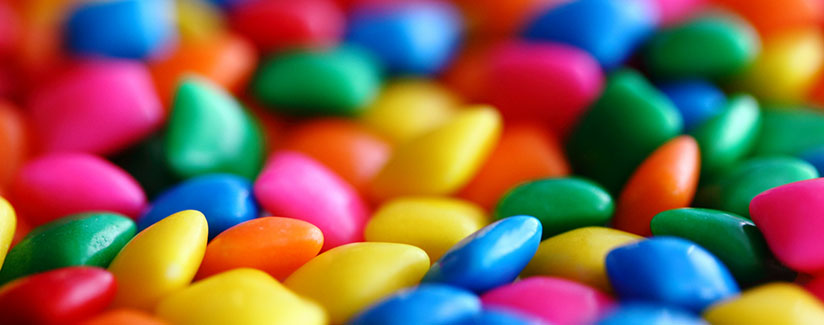
Is Food Coloring Dangerous?
Recently, we noticed a news story that questioned the safety of food coloring. We’ve read other articles, too, about food dye being linked to attention-deficit/hyperactivity disorder (ADHD).
We wanted to know, is food coloring safe? To answer this question, we reached out to Dr. Ronald E. Kleinman, Physician in Chief at MassGeneral Hospital for Children; Chair of the Department of Pediatrics at Massachusetts General Hospital; and Charles Wilder Professor of Pediatrics at Harvard Medical School. Dr. Kleinman’s background is in pediatric nutrition and pediatric gastroenterology. He has been the Chair of the American Academy of Pediatrics Committee on Nutrition, editor of the Academy’s Nutrition Handbook and served on various USDA, FDA, NIH and IOM committees and task forces that have looked at various issues that impact infant and child nutrition.
Is food coloring safe? Are some food dyes worse than others?
Dr. Kleinman:
All FDA-approved artificial food dyes are safe and none of these carries any more “risk” than another. A few are limited in the way they can be used, and there are seven that are not allowed at all (some reds, yellows and oranges).
A study showed that blue food dye can end up in the blood stream. Is this true?
Dr. Kleinman:
In pigs, under the conditions measured in this recent study, that is true. But it’s important to note that there is no evidence that this is true in humans under usual circumstances. As well, even if minute amounts do get into the blood stream in humans, there are no proven negative consequences. In fact, the presence of the dye didn’t show any adverse consequences in the pigs.
Why are there dyes in processed food? Are there natural dyes that food manufacturers could use?
Dr. Kleinman:
This is a complicated question that I can’t fully answer. As I understand it, the dyes are often there to make the food more acceptable as part of the sensory experience, along with smell and taste. Sometimes a natural color doesn’t stand up to the cooking/preparation process and retain the desired color; sometimes natural colorings may breakdown into bad tasting by-products or products that reduce shelf life or other considerations.
Do food dyes cause ADHD, asthma or allergies? Why does it seem some children are sensitive to red food dyes?
Dr. Kleinman:
In my review of all the evidence on the issue of artificial food dyes and ADHD, there is little objective evidence to confirm that food dyes cause or worsen it. We wrote our paper, however, to suggest ways to study this question so that the results would be considered credible by anyone who looked at them. It remains possible that individual children could react because of an allergy (asthma) or ADHD, but when looked at as a group – either in a group of children with ADHD or groups of normal attention activity children – in studies where there is appropriate randomization, blinding of observers and good standardization with valid outcome measures, there is no evidence of harm.
Should we be concerned about food dyes? Are there certain foods we should stay away from?
Dr. Kleinman:
I don’t see any reason for concern for the approved artificial food colorings, nor any that we, as a population, should avoid. However, that’s not to say that further research wouldn’t be beneficial. If there’s enough anecdotal evidence that there is a risk from any food additive, it should be studied to determine whether the risk is real and how much risk the additive poses.
“Beatufiul medicine for the weary soul” by Purple Sherbet Photographymizo is licensed under CC BY .


























